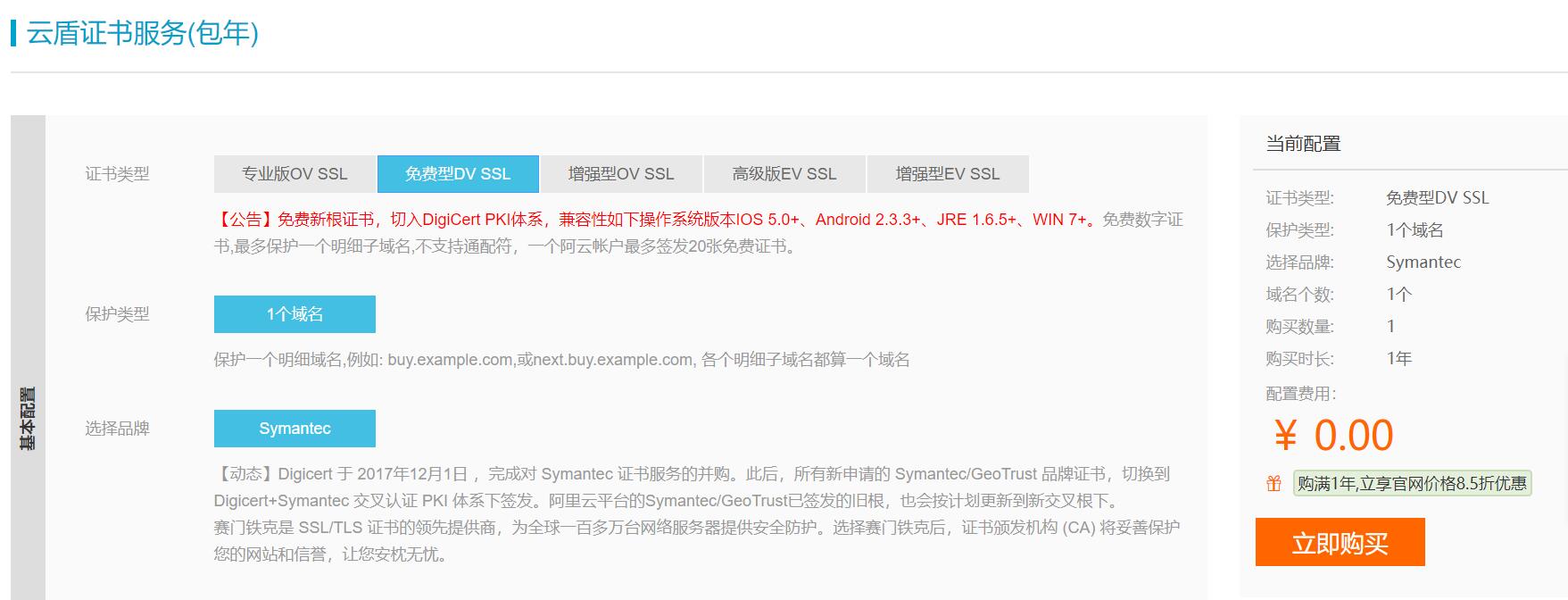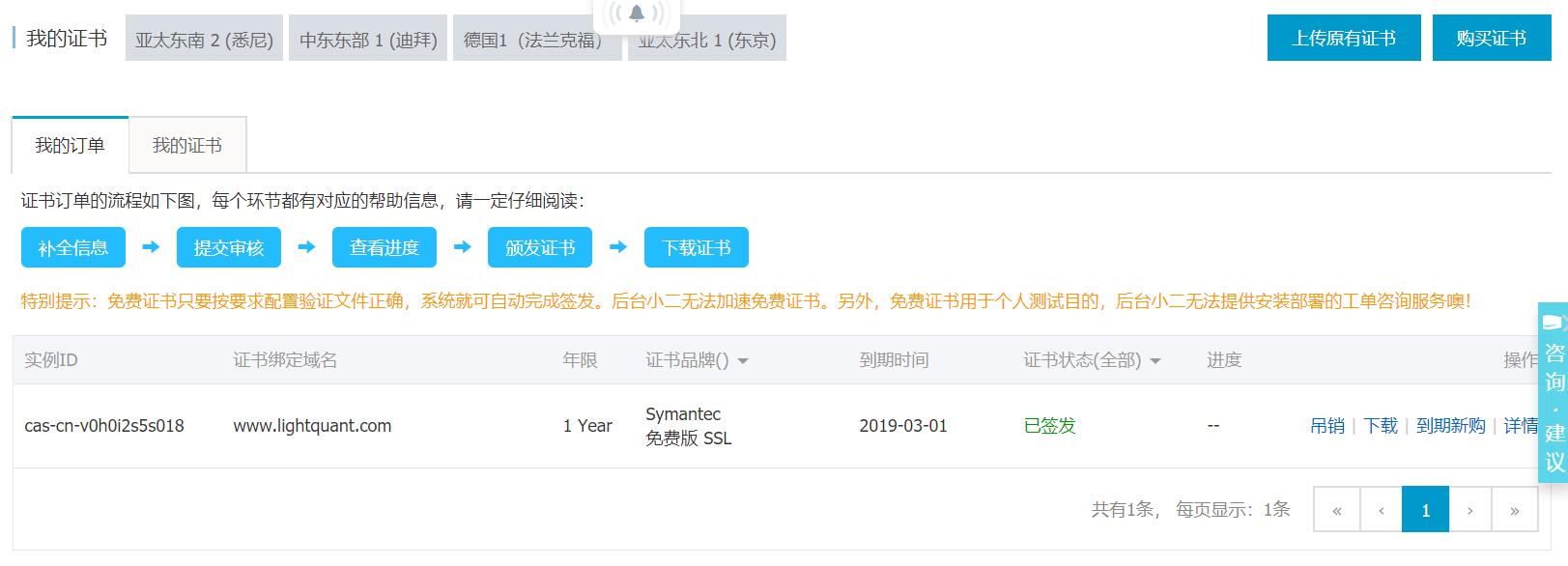基础语法
1. 注释
- 单行注释:#号
- 多行注释:
'''和"""
2. 行与缩进
使用缩进来表示代码块,不需要使用大括号
{}。同一个代码块的语句必须包含相同的缩进空格数
3. 多行语句1
2
3
4
5
6
7# 使用反斜杠(\)来实现多行语句
total = item_one + \
item_two + \
item_three
# 在 [], {}, 或 () 中的多行语句,不需要使用反斜杠(\)
total = ['item_one', 'item_two', 'item_three',
'item_four', 'item_five']
4. 数字(Number)类型
python中数字有四种类型:整数、长整数、浮点数和复数。
- int (整数), 如 1, 只有一种整数类型 int,表示为长整型,没有 python2 中的 Long。
- bool (布尔),如 true。
- float (浮点数), 如 1.23、3E-2
- complex (复数), 如 1 + 2j、 1.1 + 2.2j
5. 字符串(String)1
2
3
4
5
6
7
8
9
10
11
12
13
14
15
16
17
18
19
20
21
22
23
24
25# python中单引号和双引号使用完全相同。
word = '字符串'
sentence = "这是一个句子。"
# 使用三引号('''或""")可以指定一个多行字符串。
paragraph = """这是一个段落,
可以由多行组成"""
str='Runoob'
print(str) # 输出字符串
print(str[0:-1]) # 输出第一个到倒数第二个的所有字符
print(str[0]) # 输出字符串第一个字符
print(str[2:5]) # 输出从第三个开始到第五个的字符
print(str[2:]) # 输出从第三个开始的后的所有字符
print(str * 2) # 输出字符串两次
print(str + '你好') # 连接字符串
print('------------------------------')
print('hello\nrunoob') # 使用反斜杠(\)+n转义特殊字符
print(r'hello\nrunoob') # 在字符串前面添加一个 r,表示原始字符串,不会发生转义
a = 'd' in 'bca'
print(a) # 返回False
6. 等待用户输入input("\n\n按下 enter 键后退出。")
7. Print 输出1
2
3
4
5
6y="b"
# 换行输出
print( y )
print('---------')
# 不换行输出
print( y, end=" " )
8. import 与 from…import1
2
3
4将整个模块(somemodule)导入,格式为: import somemodule
从某个模块中导入某个函数,格式为: from somemodule import somefunction
从某个模块中导入多个函数,格式为: from somemodule import firstfunc, secondfunc, thirdfunc
将某个模块中的全部函数导入,格式为: from somemodule import *
基本数据类型
1. 多个变量赋值
a,b,c = 1 ,3, 'sdf'
2. 标准数据类型
- Number(数字)
- String(字符串)
- List(列表)
- Tuple(元组)
- Sets(集合)
Dictionary(字典)
type()函数和isinstance()可以用来查询变量所指的对象类型1
2
3
4a = 1
# 返回 <class 'int'>
isinstance(a, int)
# 返回 True两者区别:
- type()不会认为子类是一种父类类型。
isinstance()会认为子类是一种父类类型。
注意:在 Python2 中是没有布尔型的,它用数字 0 表示 False,用 1 表示 True。到 Python3 中,把 True 和 False 定义成关键字了,但它们的值还是 1 和 0,它们可以和数字相加。
3. del语句del语句删除单个或多个对象del a
4. 次方计算
用**表示2 ** 3返回8
5. List(列表)list = [ 'abcd', 786 , 2.23, 'lightquant', 70.2 ]
与Python字符串不一样的是,列表中的元素是可以改变的。
list[0] = a
6. Tuple(元组)tuple = ( 'abcd', 786 , 2.23, 'lightquant', 70.2 )
元组(tuple)与列表类似,不同之处在于元组的元素不能修改。
7. Set(集合)
集合(set)是一个无序不重复元素的序列。
基本功能是进行成员关系测试和删除重复元素。
可以使用大括号 { } 或者 set() 函数创建集合,注意:创建一个空集合必须用 set() 而不是 { },因为 { } 是用来创建一个空字典。
1 | student = {'Tom', 'Jim', 'Mary', 'Tom', 'Jack', 'Rose'} |
8. Dictionary(字典)
类似与java的map
- keys()输出所有的key
- values()输入所有的值
1 | dict = {} |
9. Python数据类型转换
1 | # 1、int(n,base)函数 |
10. 数字格式化1
2
3
4
5
6
7
8
9
10
11
12 print("{:.2f}".format(3.1415926)); # 保留两位小数
# {:+.2f} 带前缀'+'号
# {:.0f} 不带小数
# {:0>2d} 不足两位 ,前面补0
# {:x<4d} 不足4位,后面补x
# {:,} 逗号分隔数字,如:1,000,000
# {:.2%} 保留两位小数,再加'%'后缀
'{:b}'.format(11) # 二进制
'{:d}'.format(11) # 十进制
'{:o}'.format(11) # 八进制
'{:x}'.format(11) # 十六进制
11. 字符串内建函数1
2
3str.capitalize() # 首字符会转换成大写,其余字符会转换成小写。
str.center(10, '*') # 返回10位长度的字符串,前后用'*'补充
str.count('a',0,10) # 返回字符'a'在str出现的次数
集合
1、列表
1 | list = ['Google', 'light', 1997, 2000] |
2、元组
1 | tup1 = ('Google', 'light', 1997, 2000); |
3、字典
1 | d = {key1 : value1, key2 : value2 } |

